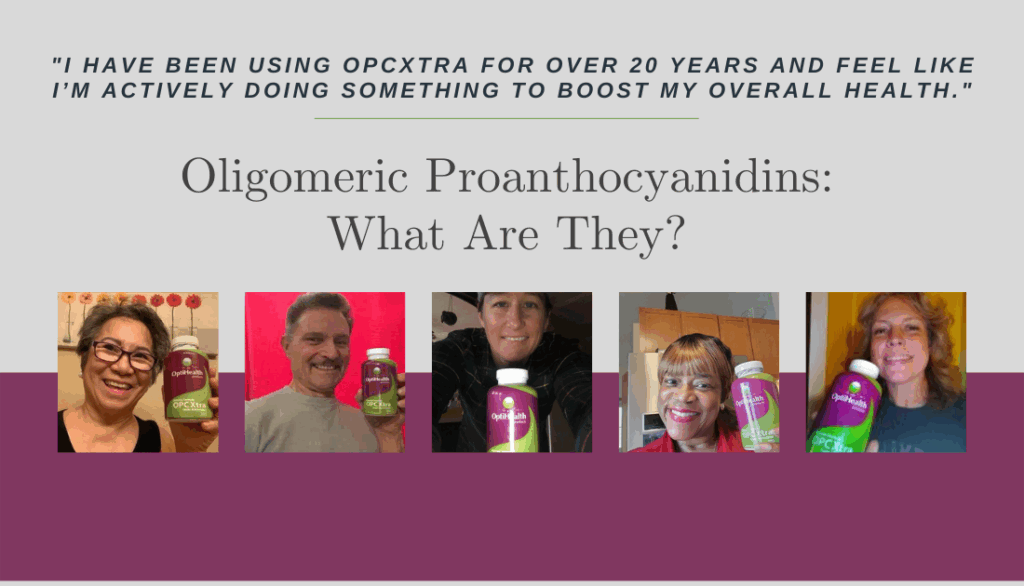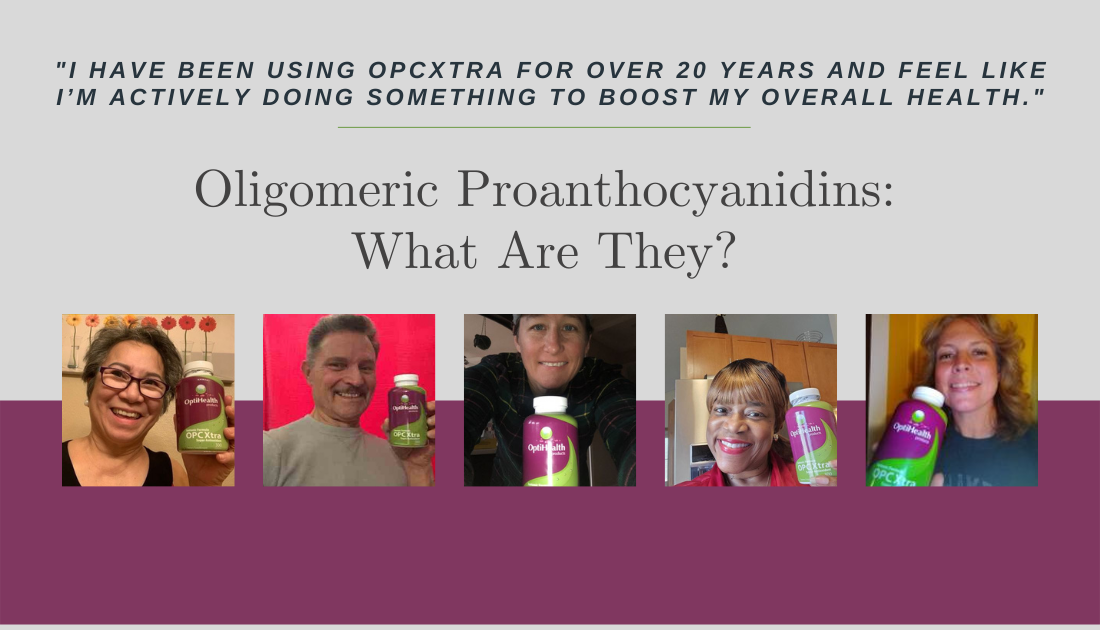
What Are Proanthocyanidins? Unveiling the Power of These Natural Compounds
In the realm of natural compounds and their potential health benefits, proanthocyanidins stand out as a particularly interesting group. These powerful antioxidants are found in a variety of plants and are increasingly recognized for their potential role in promoting overall well-being. But what are proanthocyanidins exactly? This article delves into the details of these fascinating compounds, exploring their sources, benefits, and potential applications.
Defining Proanthocyanidins: A Deep Dive
Proanthocyanidins, also known as condensed tannins, are a class of flavonoids, which are naturally occurring plant pigments with antioxidant properties. They are essentially polymers of flavan-3-ols, such as catechin and epicatechin. The complexity of these polymers varies, with different linkages and chain lengths, leading to a diverse range of proanthocyanidins with varying properties.
The term “condensed tannins” stems from their ability to condense and form insoluble precipitates when exposed to certain proteins. This property is particularly important in plant defense mechanisms, as it can deter herbivores from consuming them. However, it also plays a role in the potential health benefits of proanthocyanidins for humans.
Sources of Proanthocyanidins: Where to Find Them
Proanthocyanidins are widely distributed in the plant kingdom. Some of the richest sources include:
- Grapes: Particularly grape seeds and grape skin, which are often used to extract proanthocyanidins for supplements.
- Berries: Cranberries, blueberries, bilberries, and other berries are excellent sources.
- Apples: Especially the skin of apples.
- Cocoa: Cocoa beans contain significant amounts of proanthocyanidins, which contribute to the health benefits of dark chocolate.
- Pine Bark: Pine bark extract, sold under the brand name Pycnogenol, is a concentrated source of proanthocyanidins.
- Red Wine: The fermentation process extracts proanthocyanidins from the grape skins, contributing to the potential health benefits of moderate red wine consumption.
The concentration of proanthocyanidins can vary significantly depending on the plant species, growing conditions, and processing methods. For example, red wine produced from grapes with thicker skins will generally have a higher proanthocyanidin content.
Potential Health Benefits of Proanthocyanidins
The growing body of research suggests that proanthocyanidins offer a range of potential health benefits, primarily attributed to their potent antioxidant and anti-inflammatory properties. Here are some of the key areas of research:
Cardiovascular Health
Proanthocyanidins may contribute to cardiovascular health by supporting healthy blood pressure, improving blood vessel function, and reducing the oxidation of LDL cholesterol (the “bad” cholesterol). [See also: The Role of Antioxidants in Heart Health] Studies suggest that these compounds can help protect the heart against damage from oxidative stress and inflammation.
Cognitive Function
Some research indicates that proanthocyanidins may have a positive impact on cognitive function. Their antioxidant properties could protect brain cells from damage caused by free radicals, potentially improving memory and learning. Furthermore, they may enhance blood flow to the brain, further supporting cognitive function.
Skin Health
Proanthocyanidins are believed to promote skin health by protecting collagen and elastin, the proteins responsible for skin elasticity and firmness. They also offer protection against UV radiation, which can contribute to premature aging and skin damage. This is why you will often see proanthocyanidins in various skincare products.
Eye Health
These compounds may contribute to eye health by protecting the retina from damage and improving blood flow to the eyes. This could potentially reduce the risk of age-related macular degeneration and other eye conditions. Proanthocyanidins are particularly helpful for those who spend long hours in front of screens.
Immune System Support
Proanthocyanidins may help support the immune system by reducing inflammation and protecting immune cells from damage. This can help the body fight off infections and maintain overall health. A strong immune system is crucial for warding off illness.
How Proanthocyanidins Work: The Mechanisms of Action
The health benefits of proanthocyanidins are primarily attributed to their:
- Antioxidant Activity: Proanthocyanidins are potent antioxidants that can neutralize free radicals, protecting cells from oxidative damage. This is a key mechanism behind many of their health benefits.
- Anti-inflammatory Properties: They can help reduce inflammation throughout the body, which is a major contributor to chronic diseases. By modulating inflammatory pathways, proanthocyanidins can help alleviate symptoms and prevent further damage.
- Collagen Stabilization: Proanthocyanidins can strengthen collagen, a structural protein that provides support to skin, blood vessels, and other tissues. This helps maintain the integrity and elasticity of these tissues.
- Enzyme Inhibition: They can inhibit certain enzymes involved in the breakdown of collagen and elastin, further protecting these proteins from damage.
Incorporating Proanthocyanidins into Your Diet
To reap the potential health benefits of proanthocyanidins, consider incorporating the following foods into your diet:
- Berries: Enjoy a variety of berries, such as blueberries, raspberries, and strawberries.
- Apples: Eat apples with the skin on to maximize your intake of proanthocyanidins.
- Dark Chocolate: Choose dark chocolate with a high cocoa content (70% or higher).
- Red Wine: If you consume alcohol, consider moderate consumption of red wine.
- Grape Seed Extract: This is available as a dietary supplement.
- Pine Bark Extract: Also available as a dietary supplement, often marketed as Pycnogenol.
It’s important to note that the bioavailability of proanthocyanidins can vary depending on the source and individual factors. Factors such as gut microbiota composition and the presence of other dietary components can affect how well these compounds are absorbed and utilized by the body.
Safety and Potential Side Effects
Proanthocyanidins are generally considered safe for most people when consumed in moderate amounts through food. However, high doses of supplements may cause some side effects, such as:
- Digestive Issues: Nausea, stomach upset, or diarrhea.
- Blood Thinning: Proanthocyanidins may have a mild blood-thinning effect, so individuals taking blood-thinning medications should exercise caution.
- Interactions with Medications: It’s always best to consult with a healthcare professional before taking proanthocyanidin supplements, especially if you are taking any medications or have any underlying health conditions.
The Future of Proanthocyanidin Research
Research on proanthocyanidins is ongoing, and scientists are continuing to explore their potential health benefits. Future studies may shed more light on their role in preventing and treating various diseases. [See also: Emerging Research in Natural Compounds] As our understanding of these compounds grows, we can expect to see more targeted applications in the fields of medicine and nutrition.
Conclusion: Embracing the Power of Proanthocyanidins
Proanthocyanidins are a fascinating group of natural compounds with a wide range of potential health benefits. From supporting cardiovascular health to protecting cognitive function and promoting skin health, these powerful antioxidants offer a promising avenue for improving overall well-being. By incorporating proanthocyanidin-rich foods into your diet and consulting with a healthcare professional about potential supplementation, you can harness the power of these natural compounds to support your health and vitality. Understanding what are proanthocyanidins is the first step towards leveraging their potential benefits.

